I am looking at engagement rings with the hope of popping the question in the next month or two. The range I have been looking in is just over 3/4 ct with decent color, good clarity, and something that really sparkles. My girlfriend has small hands and doesn't want anything too big. In my search, I've found a .80ct VVS1, G color in Blue Nile's Signature Ideal collection for $4,447 (specs below and certs attached).
Specs:
Carat: 0.80
Color: G
Clarity: VVS1
Cut: Excellent
Polish: Excellent
Symmetry: Excellent
Fluorescence: Medium Blue
Measurements: 5.92 - 5.95 x 3.67 mm
Table: 57%
Depth: 61.9%
Crown angle: 35
Pavillion angle: 40.6
Girdle: Slightly Thick (Faceted)
Culet: none
Inputting the specs in HCA results in a 1.0 grade.
However, detailed in the GIA report is internal and external graining. I've read conflicting things about graining in near-colorless diamonds. My concern is that the stone will appear hazy with a combination of the fluorescence as well as the graining. A gemologist at Blue Nile pulled the stone and made the statement that the graining did not detract from the brilliance.
Is my concern warranted or should I pull the trigger and if the stone looks hazy, use BN's 30 return policy? I appreciate your guidance for a diamond newbie. Thanks!
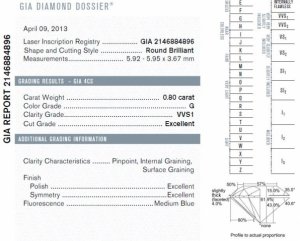
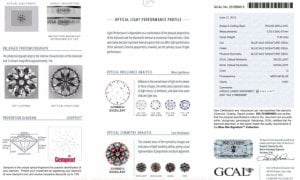
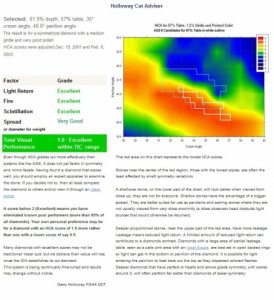
Specs:
Carat: 0.80
Color: G
Clarity: VVS1
Cut: Excellent
Polish: Excellent
Symmetry: Excellent
Fluorescence: Medium Blue
Measurements: 5.92 - 5.95 x 3.67 mm
Table: 57%
Depth: 61.9%
Crown angle: 35
Pavillion angle: 40.6
Girdle: Slightly Thick (Faceted)
Culet: none
Inputting the specs in HCA results in a 1.0 grade.
However, detailed in the GIA report is internal and external graining. I've read conflicting things about graining in near-colorless diamonds. My concern is that the stone will appear hazy with a combination of the fluorescence as well as the graining. A gemologist at Blue Nile pulled the stone and made the statement that the graining did not detract from the brilliance.
Is my concern warranted or should I pull the trigger and if the stone looks hazy, use BN's 30 return policy? I appreciate your guidance for a diamond newbie. Thanks!





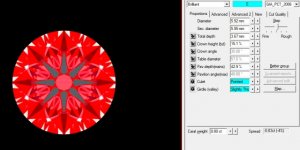
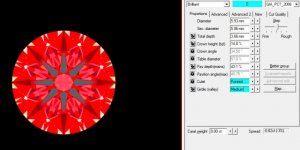
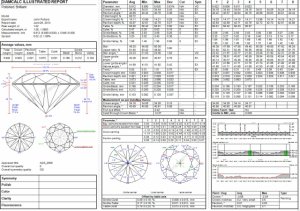
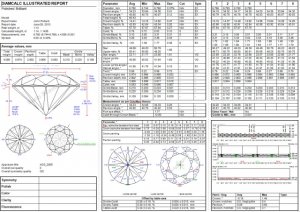
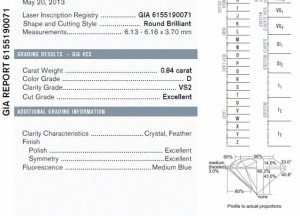


300x240.png)